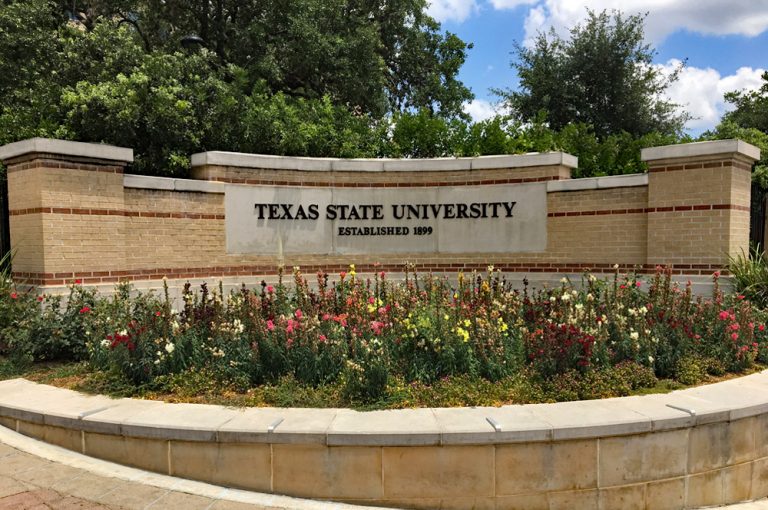

SAN MARCOS – Shetay Ashford-Hanserd, an assistant professor in the Department of Organization, Workforce and Leadership Studies (OWLS) at Texas State University, has been awarded the National Science Foundation’s (NSF) Faculty Early Career Development Program (CAREER) grant.
The five-year, $843,000 award, which will support Black and Hispanic women entering the fields of science, technology, engineering and mathematics (STEM), is funded by the NSF’s Improving Undergraduate STEM Education: Hispanic-Serving Institutions (HSI) and EHR Core Research (ECR) Programs.
The HSI program aims to enhance undergraduate STEM education and build capacity at HSIs. ECR emphasizes fundamental STEM education research that generates foundational knowledge in the field.
The CAREER program offers the NSF’s most prestigious awards in support of junior faculty who exemplify the role of teacher-scholars through outstanding research, excellent education and the integration of education and research.
“In this integrated research and education project, I build upon my body of work from the ACCEYSS (Association of Collaborative Communities Equipping Youth for STEM Success) project funded by the NSF INCLUDES program and my dissertation research that illuminated the Counter-life herstories of Black women faculty in computing,” Ashford-Hanserd said. “In addition to the traditional research venues, I plan to use my research findings to educate various audiences on how to positively influence the persistence of Black and Hispanic women in STEM and computer science by facilitating professional development workshops for policymakers, researchers, K-16 CS and STEM educators, school districts and community organizations.
“I am committed to not only informing the academic community about my findings, but also industry and community activists to equip them with tools and resources to aid in closing the STEM equity gap and diversifying the STEM workforce in our Texas Innovation Corridor,” she said.
This project will examine the effects of community cultural wealth on the persistence of Black and Hispanic women in computing education and the workforce.
Participants in the study include a national cohort of students enrolled in computer science coursework and degree programs from eighth grade through undergraduate study.
It will also include a Texas cohort of undergraduate computing majors enrolled at HSI and historically Black colleges and universities in Texas.
A post-graduate component includes the continued study of the subjects as they enter graduate study or the workforce.
Project goals include contributions to the knowledge base on the influence of community cultural wealth on persistence in computing education and the workforce in the United States and a robust compilation of quantitative and qualitative data that can be used to study educational and career trajectories for women in computing.
For more information, visit www.nsf.gov/awardsearch/showAward?AWD_ID=2046079.
The San Marcos City Council received a presentation on the Sidewalk Maintenance and Gap Infill…
The San Marcos River Rollers have skated through obstacles after taking a two-year break during…
San Marcos Corridor News has been reporting on the incredible communities in the Hays County…
Visitors won't be able to swim in the crystal clear waters of the Jacobs Well Natural…
Looking to adopt or foster animals from the local shelter? Here are the San Marcos…
The Lone Star State leads the nation in labor-related accidents and especially workplace deaths and…
This website uses cookies.